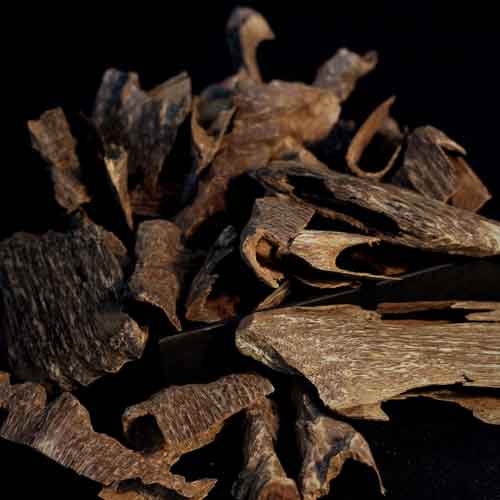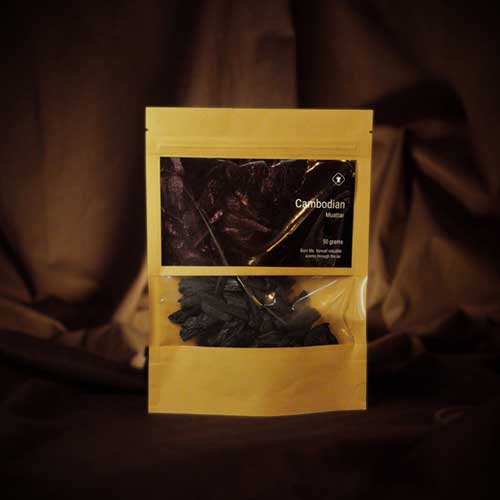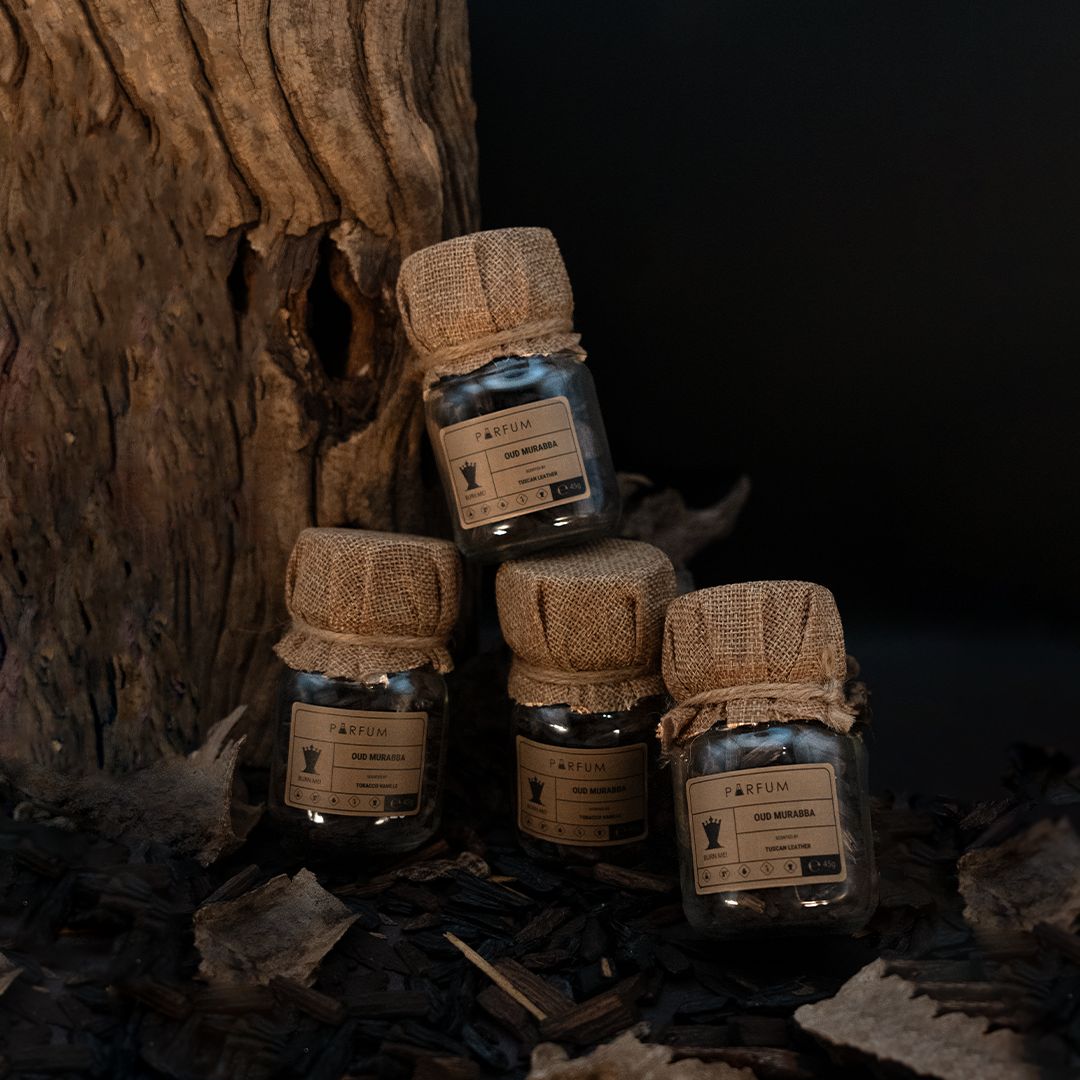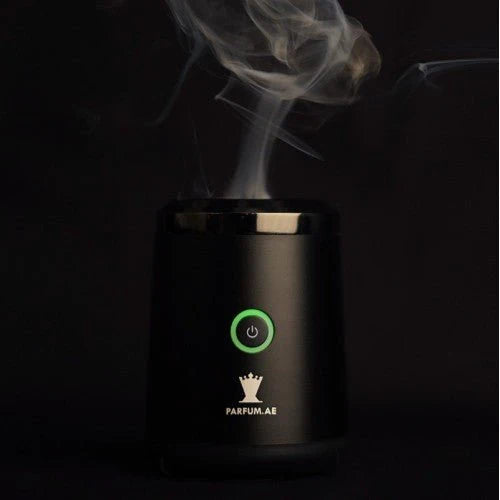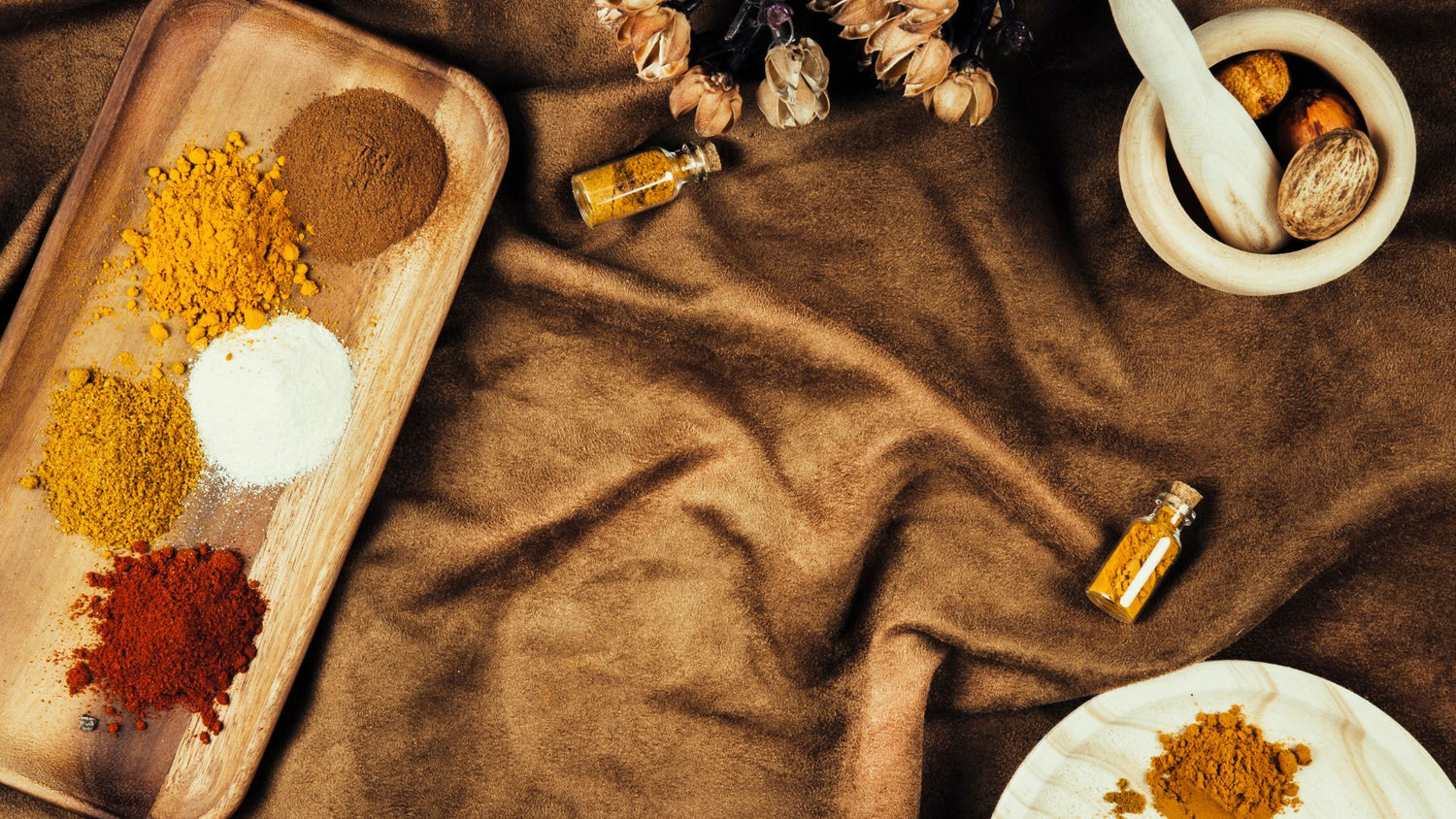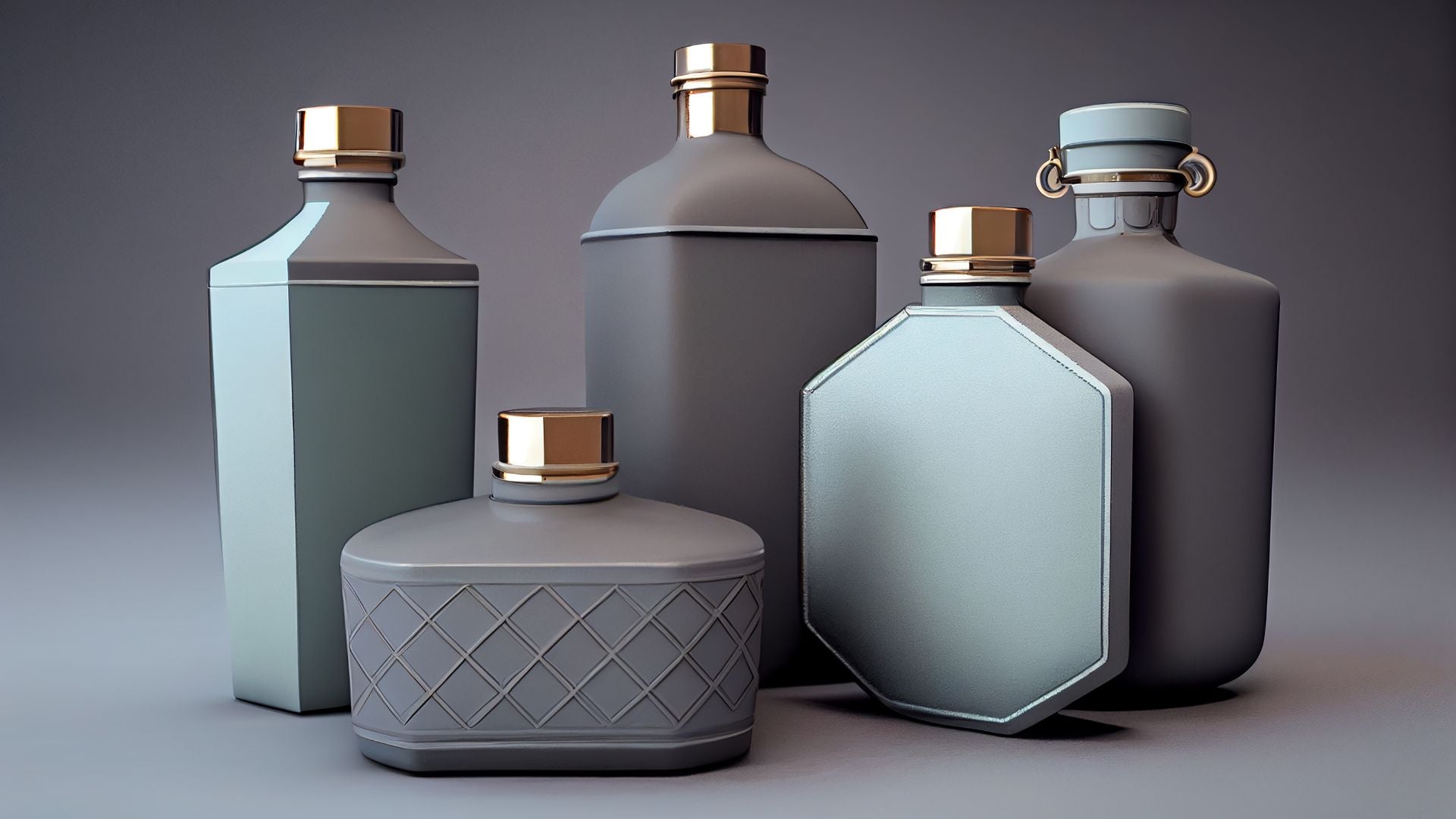Aromatic Ingredients: Oud, Frankincense, and Myrrh
The world of perfumery is rich with history and tradition, with certain ingredients holding a special place due to their unique scents and cultural significance. Among these, oud, frankincense, and myrrh stand out as some of the most revered and sought-after aromatic ingredients. These ingredients have been used for centuries in various cultural and religious practices and continue to be prized in modern perfumery. In this article, we will explore the origins, characteristics, and uses of these three aromatic treasures. Want to buy a fragrance with the best ingredients? Visit parfum store
What is Oud in Perfume?
Oud, often referred to as "liquid gold," is one of the most valuable and expensive ingredients in the perfume industry. But what is oud in perfume, and why is it so cherished? Oud is derived from the heartwood of the Aquilaria tree, native to Southeast Asia. When the tree becomes infected with a particular type of mold, it produces a dark, resinous substance as a defense mechanism. This resin-embedded wood, known as oud, is what gives oud-based perfumes their distinctive, rich aroma.
What is an oud scent like? The oud fragrance description often includes terms like woody, earthy, and slightly sweet, with a deep, warm undertone that is both sensual and mysterious. Oud has a complex scent profile that can vary depending on the region and the specific tree it comes from, but it is generally characterized by its intense, long-lasting aroma. It is a favorite in the Middle East and has gained popularity worldwide, especially in luxury fragrances.

The Richness of Frankincense
Frankincense, known for its spiritual and ceremonial uses, is another ancient ingredient that has found a place in modern perfumery. Frankincense is obtained from the resin of the Boswellia tree, which grows in the Arabian Peninsula, East Africa, and India. The resin is harvested by making incisions in the tree's bark, allowing the resin to seep out and harden into what we recognize as frankincense.
The frankincense fragrance oil is known for its warm, spicy, and slightly citrusy scent. It has a soothing and meditative quality, which is why it has been used in religious ceremonies for thousands of years. In perfumery, frankincense adds depth and warmth to fragrances, making it a popular choice for creating rich, aromatic blends. The frankincense and myrrh fragrance combination is especially beloved, as the two ingredients complement each other beautifully, creating a scent that is both grounding and uplifting.
The Mystique of Myrrh
Like frankincense, myrrh is an ancient resin that has been used for millennia in religious rituals, medicine, and perfumery. Myrrh is derived from the Commiphora tree, which is native to regions of Africa and the Middle East. The resin is harvested in a similar way to frankincense, by making cuts in the bark of the tree and collecting the sap that oozes out.
The frankincense and myrrh scent is known for its deep, resinous, and slightly sweet aroma. Myrrh has a rich, balsamic scent that is often described as warm and spicy, with a touch of bitterness. When combined with frankincense, myrrh creates a frankincense and myrrh smell that is both ancient and timeless, evoking the mystique of ancient rituals and sacred ceremonies. The combination is often used in incense, but it also finds its way into perfumes where it adds depth and complexity.
The Uses of Oud, Frankincense, and Myrrh in Modern Perfumery
In modern perfumery, oud, frankincense, and myrrh are used to create fragrances that are both luxurious and evocative. These ingredients are often featured in high-end, niche perfumes that aim to offer something unique and memorable. The oud ingredient is particularly popular in unisex and men's fragrances, where its deep, woody notes add a bold, exotic touch.
Frankincense and myrrh fragrance is often used in perfumes designed for evening wear, as the rich, resinous scent profile is well-suited to creating an air of mystery and sophistication. These ingredients are also popular in spiritual and meditation perfumes, where their calming and grounding properties are highly valued.
In addition to their use in perfumes, frankincense and myrrh are also found in various wellness products. Myrrh and frankincense oil are commonly used in aromatherapy for their soothing and healing properties. These oils are believed to promote relaxation, reduce stress, and enhance meditation practices, making them a staple in holistic wellness routines.

The Cultural Significance of Oud, Frankincense, and Myrrh
Beyond their aromatic qualities, oud, frankincense, and myrrh carry significant cultural and historical weight. In many cultures, these ingredients are associated with spirituality, healing, and protection. Oud, for example, has long been revered in Middle Eastern cultures, where it is burned as incense to purify spaces and used in perfumery to create luxurious, long-lasting scents.
Frankincense and myrrh have been used for thousands of years in religious ceremonies and were among the gifts brought by the Magi to the infant Jesus, symbolizing their sacred and valuable nature. The frankincense and myrrh scent is often associated with the divine, and their use in religious rituals continues in many traditions today.
Conclusion: The Timeless Appeal of Oud, Frankincense, and Myrrh
Oud, frankincense, and myrrh are not just ingredients; they are part of a rich, aromatic tradition that spans centuries and cultures. Their unique scents and deep cultural significance make them timeless elements in the world of perfumery. Whether used individually or in combination, these ingredients offer a sensory experience that is both luxurious and evocative, transporting the wearer to ancient times and distant lands.
In a world where synthetic fragrances are increasingly common, the natural, complex aromas of oud, frankincense, and myrrh stand out for their authenticity and depth. Whether you're exploring what is oud in perfume or appreciating the frankincense and myrrh fragrance, these ingredients continue to captivate and inspire, making them essential components in the art of perfumery.

